Out-of-stocks. Stockouts. Shortages. Backorders. Regardless of the name, not having the proper amount of inventory is detrimental for both brands and retailers. The sale is lost, the shopper is frustrated, and you may have unintentionally driven them to choose a competing brand or shop at a competing store. And, increasingly, the pressure is on suppliers to properly manage inventory allocation or face penalties.
Walmart, for example, recently began enforcing an “On Time, In Full” inventory delivery policy. If suppliers deliver products too late (or too early!), they’ll be fined 3 percent of the cost of goods. Similarly, Whole Foods is moving towards centralizing merchandising functions within their stores, removing control from the brands, and charging suppliers 3 percent to 5 percent of sales in the process. So, what can be done to reduce out-of-stock rates without incurring penalties or adding unnecessary costs?
Causes of Out-of-Stocks
First, let’s start by looking at common causes of out-of-stocks. A host of factors contribute, including:
- Supply Chain Issues: delays in procurement, production, and distribution can slow down your speed to market.
- Improper Forecasting: consumer demand may be higher than expected.
- Bad Data: the lag-time and unreliability of shelf-level inventory data can make it impossible to act on.
- Backroom Organization: crowded, messy backrooms can make your inventory difficult to find.
- Poor Merchandising Compliance: the timeliness and effectiveness of brokers, field-teams, and store employees are often the greatest barrier during “the last mile” from the stockroom to the shelf.
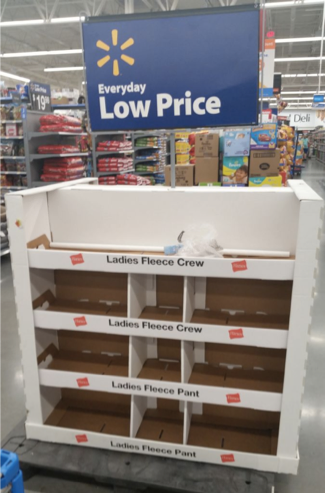
Impact of Out-of-Stocks
The same GMA study shows that the average out-of-stock rate in the US is approximately 8 percent, and the Journal of Consumer Research reports that number increases to 15 percent for advertised items. Initially, these findings indicate that brands and retailers are sacrificing 8 – 15 percent of their sales due to out-of-stocks, which is detrimental to the bottom line for both organizations. What’s worse is that many shoppers aren’t content to defer their purchase and wait for the out-of-stock item to be replenished.
Rather, researchers found that shoppers are more likely to seek alternative options and will view those alternatives as “intuitively appealing” when their primary choice is taken away in the case of an out-of-stock. And, shoppers experiencing out-of-stocks are less satisfied and have store-switching rates 53 percent higher than shoppers that aren’t faced with stockouts. In sum, out-of-stocks have a negative impact on both revenue and shopper satisfaction for brands and retailers.
How to Prevent Out-of-Stocks
So, what is a brand to do? A common complaint from suppliers is that the data in their inventory control systems show that there is product at the store … yet, it is not on the shelf.
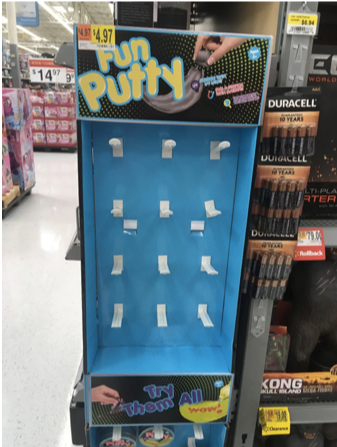
- Retailers commonly withhold retail data from suppliers, or the data is unreliable.
- Brokers and field teams can’t cover all stores frequently enough, or it isn’t cost effective to do so.
- Store employees are managing as many as 50,000 SKUs and can’t address the issues affecting each SKU individually.
Increasingly, brands and retailers are relying on crowdsourced retail intelligence, which uses the power of actual shoppers to gather intel within stores, in real time, using their smartphones.
Having shoppers gather custom, shelf-level data is an efficient, cost-effective way to get visibility into out-of-stock rates, and then in-store data collection can incorporate additional merchandising factors like pricing compliance, SKU assortment, display fidelity, and more.
As well, relying on shoppers to gather your retail data also gives brands and retailers an opportunity to gain insights into their shopping behaviors, brand opinions, in-aisle influencers, and anything else you want to know about what’s happening inside the store.
Closing Thoughts
Simply put, shoppers notice, react, and respond to out-of-stocks. They are less likely to return to the same store on their next shopping trip and less likely to seek that out-of-stock product in the future. So, when faced with limited information, consider alternative sources – like crowdsourcing – that allows you to see retail conditions exactly as the shopper sees them, and use that real-time shopper feedback to drive prompt, proactive changes in retail performance.




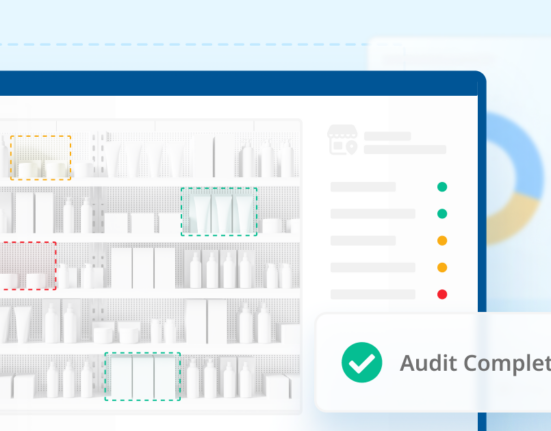
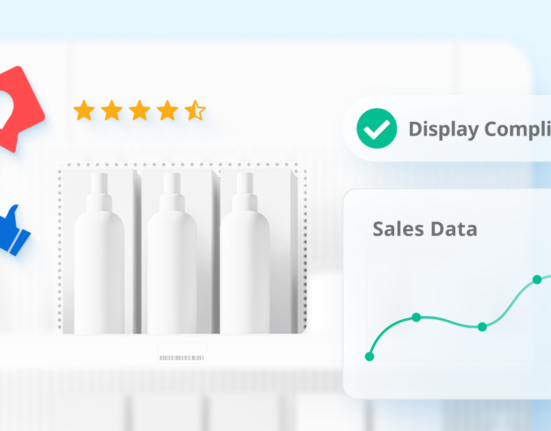

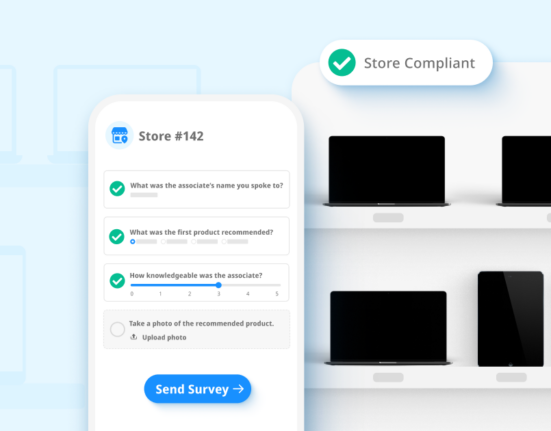
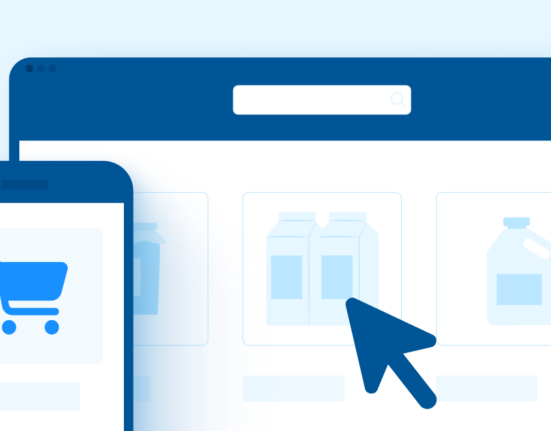
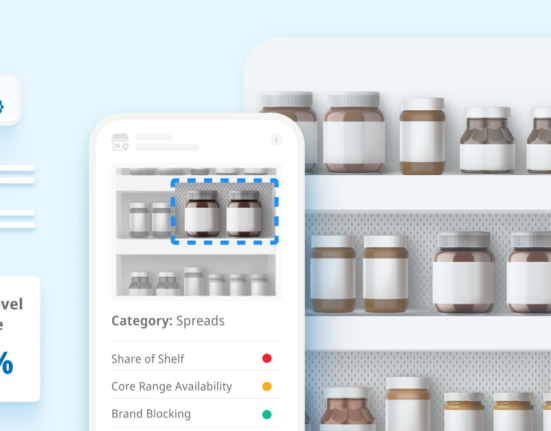
2 Comments